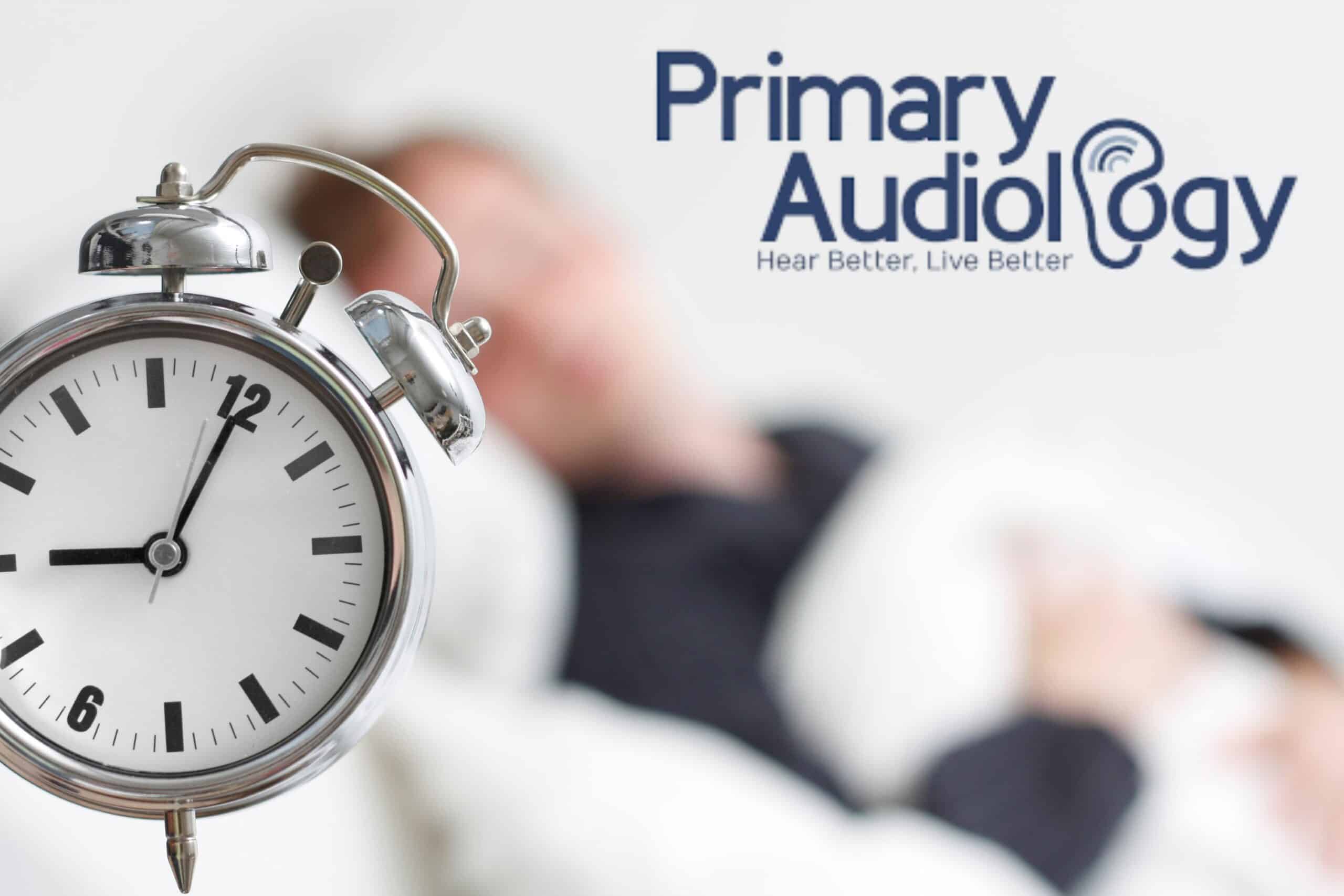If you ever hear ringing in your ears after finishing work, you’re not alone. A constant barrage of harsh background noise is all too common in several workplaces. The invisible omnipresent foe; noise pollution can wreak havoc on our sense of hearing. For everyone, notably those above their 60s, working in noise-heavy work environments, protecting the ears is crucial.
Our ears are impressively delicate and complex structures. When we hear, sound waves travel through the ear canal, causing the eardrum and attached bones to vibrate. The vibrations are converted into electrical signals in the cochlea, which are then interpreted as sound by our brains. However, long exposure to excessive noise levels can slowly kill the hair cells within the cochlea, leading to permanent hearing loss.
Is it common?
According to the National Institute for Occupational Safety and Health, around 22 million workers are exposed to potentially damaging noise levels every year. Meanwhile, the National Center for Biotechnology Information reveals that 16% of adult-onset hearing loss results from occupational noise exposure. Particularly for the older population, who may already struggle with age-related hearing loss, the introduction of noise-related damage can significantly reduce their quality of life.
Occupational Noise-Induced Hearing Loss (NIHL) is a pressing issue in many industries. Particularly at risk are miners, construction workers, and those in the manufacturing sector. This destructive condition is often progressive, silently escalating from slight dullness to significant impairment. The symptoms include a decreased ability to hear higher frequencies, difficulty discerning speech when background noise is present, and buzzing or ringing in the ears.
But what about ear protection?
The protective gears for our ears aren’t just accessories but necessities. Employers should provide suitable ear protection, while workers should diligently use them. Ignoring this responsibility can lead to legal repercussions as per occupational safety and health regulations.
The market offers a myriad of hearing protection options, from disposable earplugs, and earmuffs to custom molded earplugs. While considering the right fit for your ears, also keep in mind factors like comfort, noise reduction rate, your working condition, and lifestyle.
Regardless of the type of hearing protection you choose, they always need to be properly maintained and worn correctly. Replace them promptly if they become ineffective. Failure to do so can offer a false sense of security while leaving you vulnerable to NIHL.
What else should I konw?
Regular hearing tests and evaluations are essential for those under noisy workplace conditions. It’s crucial to catch any early signs of hearing loss, keeping your hearing health optimally managed.
In simpler terms, when it comes to hearing protection, being proactive is the best approach. Employers and workers share an equal responsibility to ensure safe levels of noise within their working environments. So, take those plugs or muffs in your hand seriously.
If you work in a noise-heavy environment or know someone who does, don’t hesitate to share this blog. Consult an audiologist immediately if you believe your job is damaging your hearing. Here at Primary Audiology, we offer comprehensive hearing care services, including audiometric evaluations to determine the severity of any potential NIHL.
Therefore, protect your ears, and don’t let the noise steal your ability to hear! Your ears are relying on you to protect them. Make an appointment with us at Primary Audiology today.


